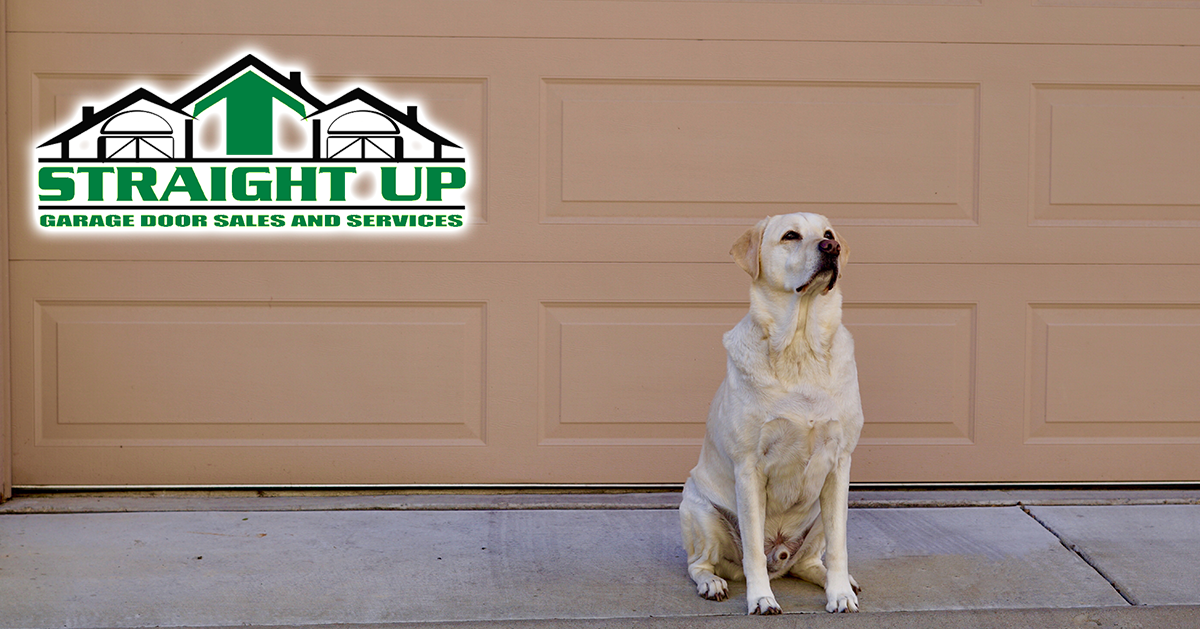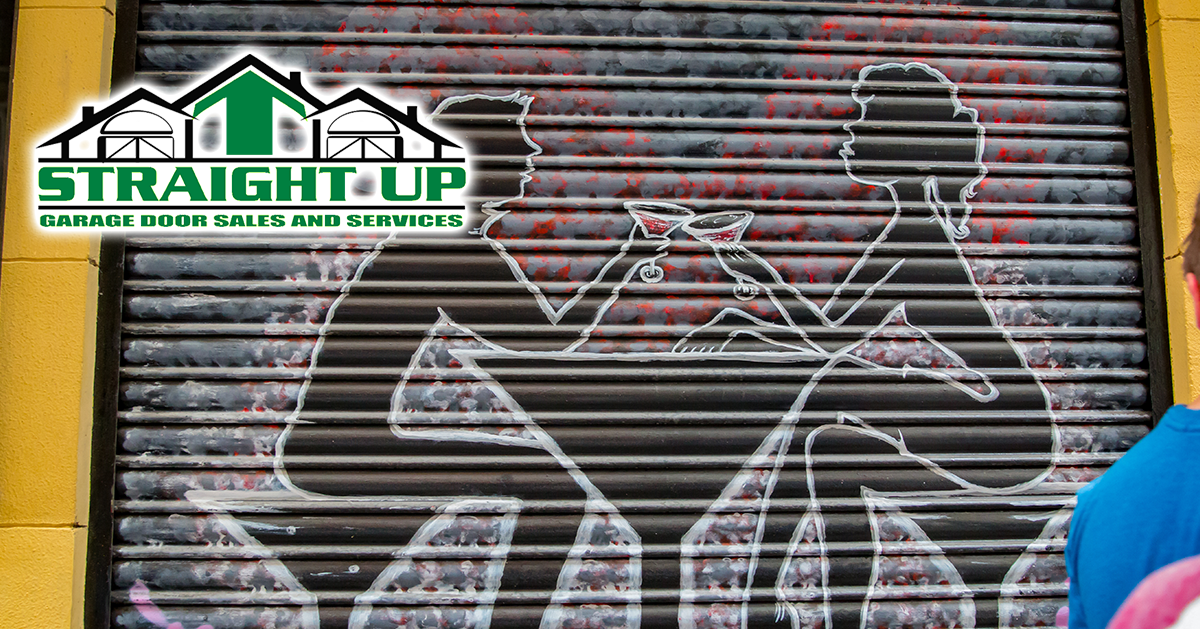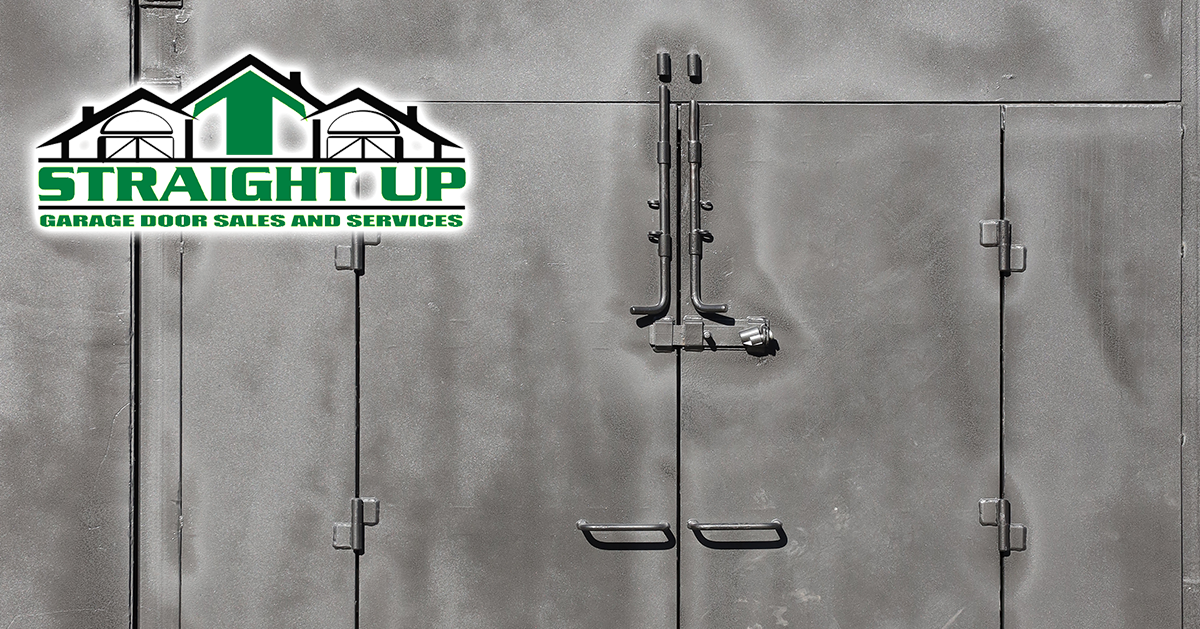A Guide to Garage Door Cleaning and Maintenance
Your garage is an essential part of your home, and the garage door is probably the most frequently used entry point. It endures a lot of wear and tear every day, and proper care is essential to prevent costly repairs and ensure it operates smoothly. This guide will provide you with the necessary steps to clean and maintain your garage door regularly.
Section 1: Understanding the Different Types of Garage Doors
There are several types of garage doors, including sectional doors, rolling doors, and side-hinged doors. It’s important to understand these different types so that you can maintain them properly. Each type of garage door operates differently, and some require more maintenance than others. Consult with your garage door technician to ensure you’re taking the appropriate steps to clean and maintain your door.
Section 2: Inspect Your Garage Door Regularly
Regular inspection of your garage door is essential to identify any issues that could lead to costly repairs. Inspect the cables, springs, rollers, and hinges for any signs of wear and tear. Check for any damage to the door’s surface, such as dents or scratches. Small issues should be addressed immediately before they become bigger problems.
Section 3: Keep the Tracks Clean and Aligned
The garage door’s tracks require regular cleaning to prevent debris buildup that could cause the door to malfunction. Use a soft-bristled brush to remove any dirt or debris from the tracks; avoid using harsh chemicals that could damage the door. It’s also essential to keep the tracks aligned to ensure the door operates smoothly. If the tracks are out of alignment, contact a garage door technician to provide assistance.
Section 4: Lubricate Moving Parts Regularly
The garage door’s moving parts require lubrication to prevent rust and corrosion. Lubricate the hinges, rollers, and springs regularly to ensure smooth and quiet operation. Use a silicone-based lubricant for optimal results, and avoid using petroleum-based products that could cause damage to your door.
Section 5: Test the Safety Features of Your Garage Door
Modern garage doors are equipped with several safety features, including auto-reverse and photo-eye sensors. Test these features regularly to ensure they’re functioning correctly. Place an object in the door’s path and try closing it to test the auto-reverse function. The photo-eye sensors detect objects in the door’s path and will reverse the door’s operation if something is detected.
Section 6: Address Any Issues Immediately
If you notice any issues with your garage door, such as strange noises, difficulty opening or closing, or damage to the surface, address them immediately. Delaying repairs could lead to more significant problems and costly repairs down the road. If you’re not sure how to address an issue, contact a garage door technician for help.
Section 7: Maintain the Door’s Appearance
Your garage door’s appearance is an essential aspect of the overall curb appeal of your home. Keep the door’s surface clean by washing it regularly with a mild soap solution and a soft-bristled brush. Avoid using a pressure washer as it could damage the door’s surface. It’s also essential to repaint the door periodically to prevent rust and maintain its appearance.
Section 8: Schedule Regular Maintenance with a Professional
Regular maintenance with a professional garage door technician is the best way to prevent costly repairs and keep your garage door functioning at its best. A professional can diagnose any issues and provide the necessary repairs or maintenance. Schedule regular maintenance with a garage door technician to ensure your door is always in top condition.
Section 9: Conclusion
Proper maintenance is essential to keep your garage door functioning well and ensure your home’s security. Regular cleaning, lubrication, and inspection of your door will go a long way in preventing major repairs and prolonging the door’s lifespan.
Contact a professional garage door technician if you’re not sure how to address any issues with your door.





